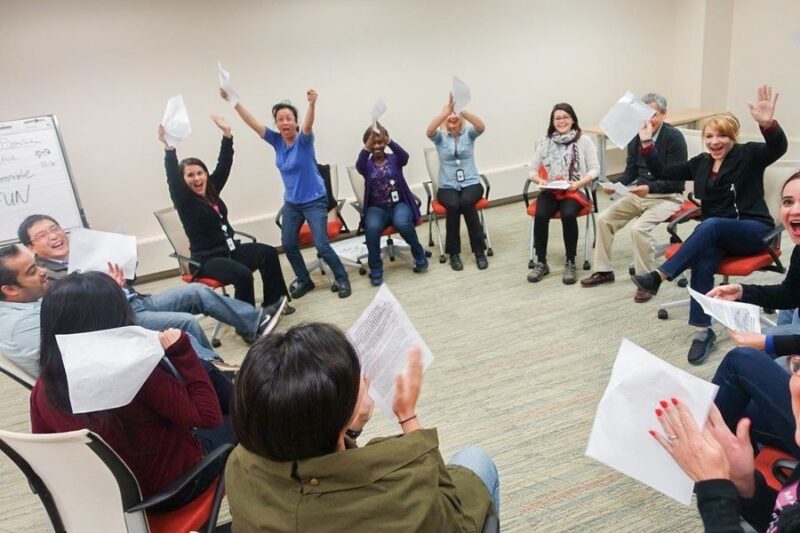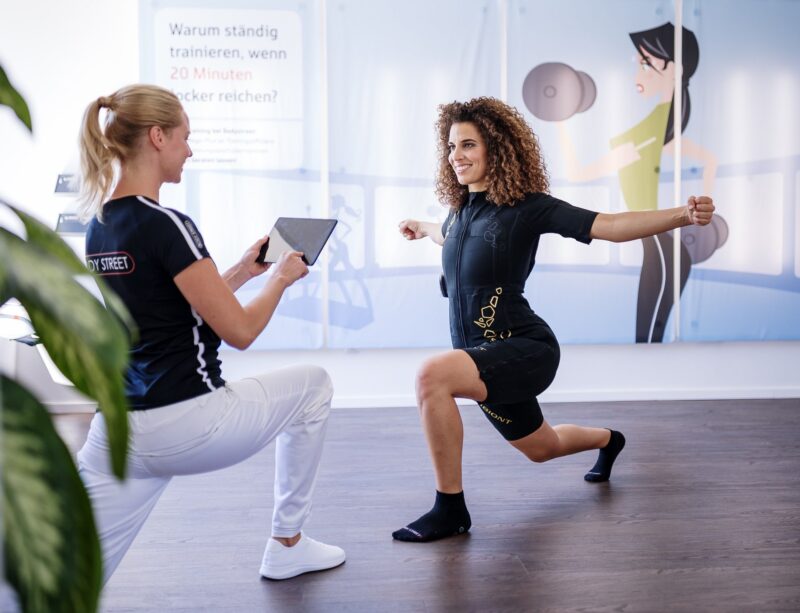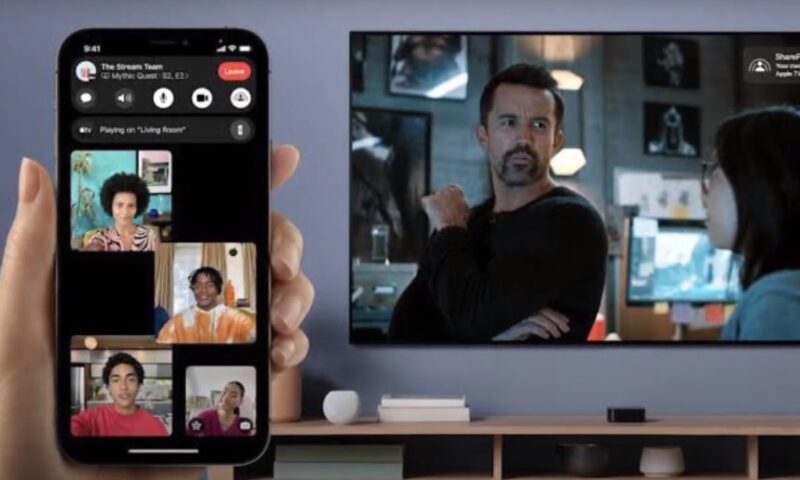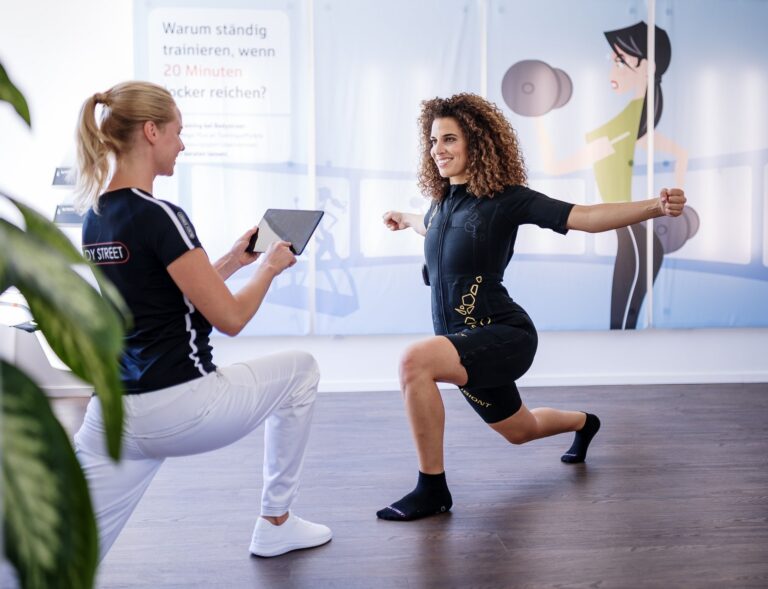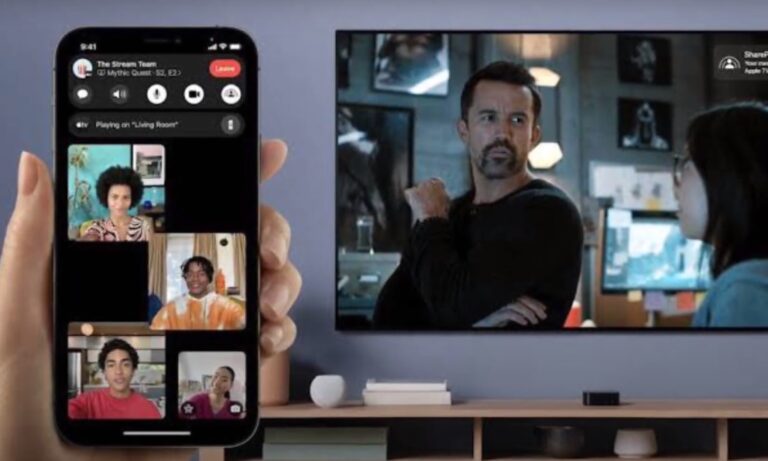Creating an environment where employees who don’t get along can bond and build a sense of camaraderie can be a challenging yet rewarding endeavor for any organization. Corporate team building events and activities are instrumental in bridging gaps and fostering a productive, harmonious workplace.
This article explores various fun and engaging corporate team-building events and activities tailored to help employees who may not get along to connect and collaborate effectively.
Understanding the Dynamics
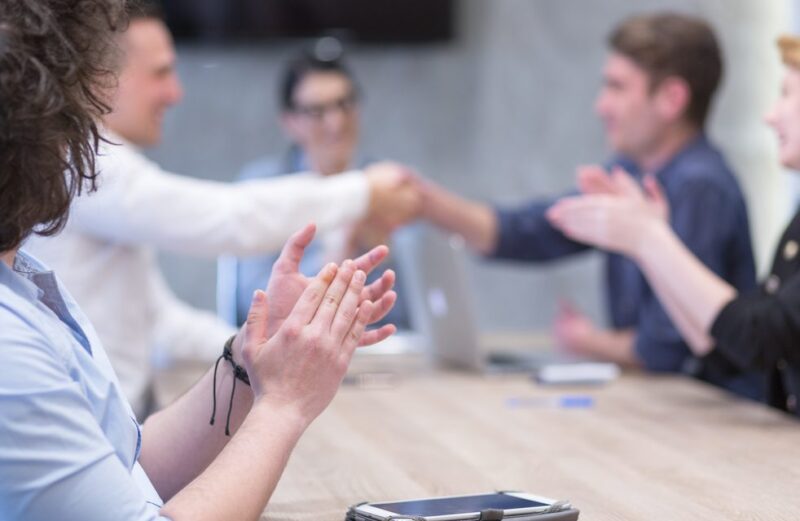
Before delving into specific activities, it’s crucial to understand the dynamics at play among employees who don’t get along. Conflict or friction among team members can arise from various sources, such as personality clashes, competition, differing work styles, or misunderstandings.
Recognizing these sources is the first step in designing team-building activities that address underlying issues and promote positive interactions.
Activities that Foster Communication
Communication is often the key to resolving misunderstandings and building trust. Activities that require team members to communicate effectively can help break down barriers. One such activity is the ‘Escape Room’ challenge, where teams are locked in a themed room and must work together to find clues, solve puzzles, and escape within a set time.
This activity necessitates clear communication, collaboration, and collective problem-solving, pushing employees to interact constructively, regardless of their prior relationships.
For another exciting team-building experience that can further enhance communication and teamwork skills, consider exploring the option of team bike-building activities. Interested in learning more about this exciting team building? Read more at https://www.build-a-bike.com/.
Problem-Solving Challenges
Problem-solving activities can transform individual competitiveness into collective goal achievement. A classic example is the ‘Egg Drop’ challenge, where teams are given materials to construct a device that will protect an egg from breaking when dropped from a height.
This activity not only encourages creative thinking but also requires team members to collaborate, share ideas, and rely on each other’s strengths.
Outdoor Team Building Adventures
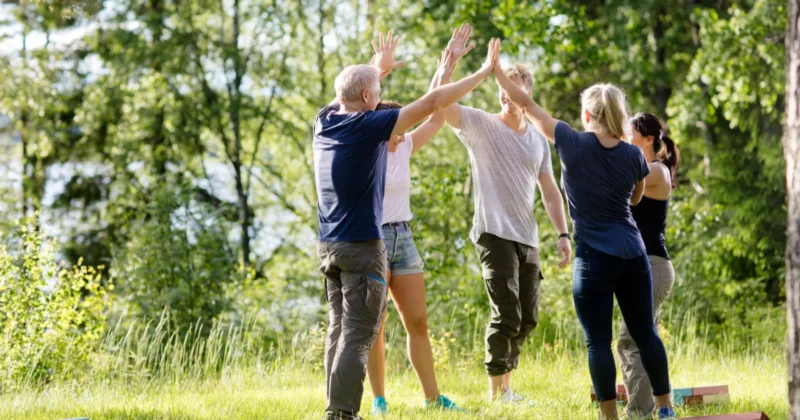
Outdoor activities can be particularly effective in breaking the ice and building bonds. Activities like a ‘Corporate Treasure Hunt’ or ‘Outdoor Survival Skills Training’ take employees out of the usual office environment and into a situation where they must rely on each other.
These activities can be fun, challenging, and provide a neutral ground for employees to connect on a personal level, away from work-related stress.
Cooking Competitions
Organizing a cooking competition, such as a ‘Corporate Cook-off‘, is another excellent way to get employees to collaborate. Cooking requires teamwork, communication, and time management, making it an ideal activity for employees who don’t get along.
It’s also a fun and informal way to engage employees in a non-work-related task, allowing them to see each other in a different light.
Art and Creativity Workshops
Creativity-based activities, such as art workshops or group mural painting, offer a relaxed and open environment for employees to express themselves and appreciate each other’s creativity.
These activities are less about competition and more about collaboration, providing a platform for employees to engage in a shared task that is enjoyable and stress-free.
Sports and Fitness Challenges

Physical activities, like a ‘Corporate Sports Day’ or ‘Group Fitness Challenges‘, can also be effective. Such events encourage teamwork and healthy competition, while also providing a fun way to release tension.
These activities can build camaraderie and a sense of achievement among team members, helping to bridge personal differences.
Cultural and Volunteer Events
Participating in cultural events or volunteering for a cause can bring employees together over shared experiences or common goals. Activities like attending a cultural festival or organizing a charity event allow employees to interact in a more meaningful context, promoting empathy and understanding.
Professional Development Workshops
Workshops focusing on professional development, such as leadership training or communication skills seminars, can also be effective in improving team dynamics. These workshops can equip employees with the tools to understand and manage interpersonal conflicts, promoting a more cohesive work environment.
Regular Follow-Ups and Reflection Sessions
After conducting these team-building activities, it’s important to have follow-up sessions. These sessions can be informal meetings where employees reflect on their experiences, discuss what they learned, and how they can apply these learnings to their daily work interactions.
Regular follow-ups help in reinforcing the positive outcomes of the team-building events and ensuring that the lessons learned are not forgotten.
Encouraging a Culture of Recognition

Incorporating a culture of recognition within the team can also aid in mending strained relationships. Recognition programs, where employees are encouraged to acknowledge their colleagues’ strengths and contributions, can foster a more positive work environment.
This could be as simple as a ‘Kudos Board’ where team members can post notes of appreciation for each other, promoting a sense of mutual respect and appreciation.
Structured Feedback Mechanisms
Structured feedback mechanisms allow employees to express their concerns and suggestions in a constructive manner. This could be through regular team meetings, anonymous suggestion boxes, or feedback surveys.
Such mechanisms provide a platform for employees to voice their opinions and for management to understand and address any ongoing issues within the team.
Facilitating Mentorship and Buddy Systems
Creating mentorship or buddy systems within the organization can help in bridging gaps between employees.
Pairing employees who don’t get along with each other in a mentor-mentee or buddy relationship can encourage them to understand each other’s perspectives and work styles, leading to improved relationships.
Inclusive Decision Making

Involving employees in decision-making processes can also improve team dynamics. When employees feel that their opinions are valued and considered, it fosters a sense of belonging and team unity.
This could be done through brainstorming sessions, team meetings where everyone is encouraged to share their ideas, or collaborative project planning.
Promoting Work-Life Balance
Promoting a healthy work-life balance can indirectly help in improving team dynamics. When employees are less stressed and have time to recharge, they are more likely to have positive interactions with their colleagues.
Organizing work-life balance workshops, offering flexible working hours, or encouraging time-off can contribute to a healthier, more harmonious work environment.
Conclusion
In summary, addressing the challenges posed by employees who don’t get along requires a multifaceted approach.
From engaging in team-building activities that promote communication and collaboration, to implementing organizational practices that foster a culture of recognition, feedback, and inclusivity, every strategy plays a crucial role
Related Posts:
- What to Look for in a Relationship: A Comprehensive…
- Is Colorado School of Mines Football Good? - In…
- How to Write a Nonprofit Business Plan: Tips for Success
- When to Move from Independent to Assisted Living: A…
- SOP Mastery: Tips on How Do You Write a Work…
- 10 Proven Strategies for Scaling Your Agency Through…

